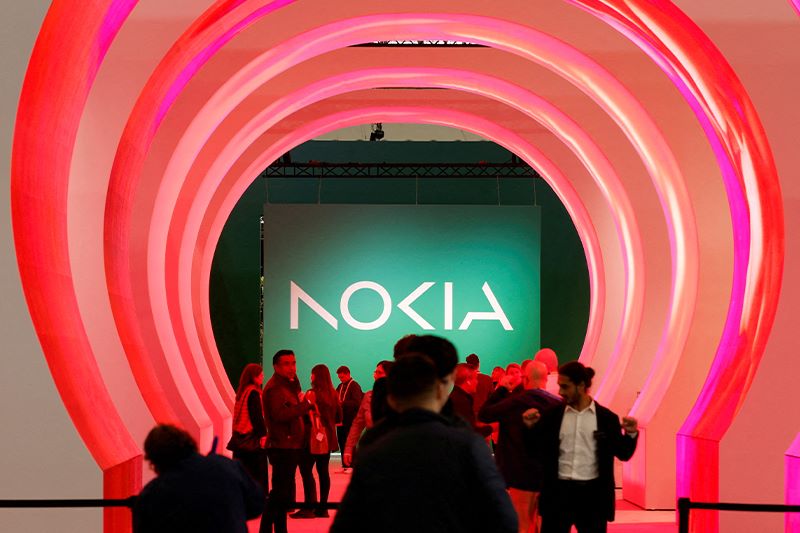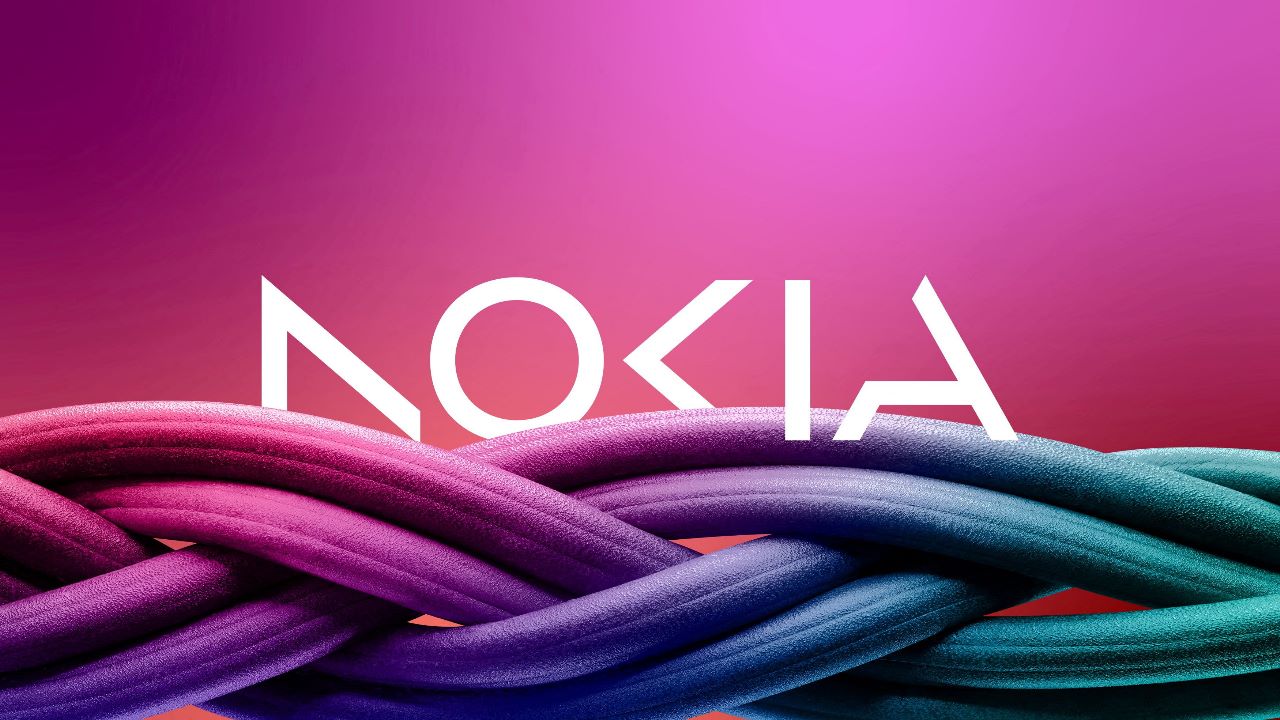On Sunday, Nokia (NOKIA.HE), a manufacturer of telecom equipment, on Sunday unveiled plans to change its brand identification for the first time after a decade in nearly 60 years, complete with a new logo.
The new logo uses five different forms to depict the word Nokia. Various colours replace the original logo's famous blue.
There was a connection to telephones, but today we are a commercial technology company, said chief executive Pekka Lundmark.
He was speaking before a business update by the company on the eve of the annual Mobile World Congress (MWC); it begins on Monday in Barcelona and runs through March 2.
-1677420764.jpg)
In 2020, Lundmark developed a three-stage plan after taking over the ailing Finnish company's management. Reset, accelerated, and scaled stages were used. The second stage began as soon as the reset stage was complete, according to Lundmark.
Although it still intends to grow its service provider sector, where it sells equipment to telecom providers, Nokia's primary focus is selling equipment to other businesses.
According to Lundmark, we had a pretty good 21% growth in enterprise last year, representing around 8% of our revenues, or 2 billion euros ($2.11 billion).
Major technology firms have teamed with telecom equipment producers like Nokia to sell private 5G networks and equipment for automated factories to consumers, especially in the manufacturing sector.
Nokia plans to assess the progress of each of its businesses and consider all of its alternatives, including disposal.
"The signal is quite strong. We only desire positions in companies where we can observe global leadership "said Lundmark.

Nokia's thrust toward data centres and factory automation will put them in competition with major IT players like Microsoft (MSFT.O) and Amazon (AMZN.O).
There will be various cases; occasionally, they will be our partners; occasionally, they might be our clients, and I'm sure there will also be circumstances where they will be competitors.
The market for telecom equipment is struggling as demand from high-margin regions like North America is being replaced by development in low-margin India, causing competitor Ericsson to lay off 8,500 employees.
Lundmark asserts that India, Nokia's fastest-growing market, has lower profits. He continued, "This is a systemic transformation. According to Nokia, North America should perform better in the year's second half.












